Two research programmes of the Federal Office of Energy have published new calls. One of the call topics is a collaboration between the two programmes. Weiterlesen
Schlagwortarchiv für: development
A good battery has high energy density, short charging times, is safe to operate, and can withstand extreme temperatures. Solid-state batteries are a new generation of lithium-ion batteries that do not require liquid components and combine many of these properties. An international research consortium, including the Swiss Federal Laboratories for Materials Science and Technology, or Empa, is working on the development of anode-free solid-state batteries in combination with thin-film technology. Potential application areas include the industrial Internet of Things sector, with additional potential uses in mobile areas such as drones, robotics, and aerospace.
Read the specialised article: „Batteries Reduced to the Essentials„.
Dr. Benedikt Vogel, science journalist, for the Swiss Federal Office of Energy (SFOE).
Image: EMPA




 Noch keine Bewertungen
Noch keine BewertungenBerner Oberland-Ost: Auf dem Weg zur Klimaneutralität
Heizungen, Verkehr und Landwirtschaft: Diese drei Bereiche sind für 95% der CO2-Emissionen im östlichen Berner Oberland verantwortlich. Was braucht es, dass die Region klimaneutral wird? Weiterlesen




 2 Vote(s), Durchschnitt: 3,50
2 Vote(s), Durchschnitt: 3,50SWISS-JAPAN ENERGY DAYS 2024: COLLABORATION ON BREAKTHROUGH INNOVATIONS FOR FUTURE SUSTAINABLE ENERGY
The Swiss-Japan Energy Days 2024 conference, scheduled for September 10-11, 2024, at ETH Zürich and Swissnex in Japan, is set to address the pressing challenges in the energy sectors of both countries. Dr. Felix Moesner, Swiss Consul & CEO of Swissnex in Japan, discusses the importance of this event and its anticipated impact. Weiterlesen




 Noch keine Bewertungen
Noch keine BewertungenThe Energy – Economy – Society (EES/EWG) research programme promotes application-oriented research in the field of energy policy. To this end the EES focuses on economic, social, psychological and political issues throughout the energy sector supply chain. EES elaborates calls to fund innovative socio-economic research projects that address relevant energy-policy questions for Switzerland. Weiterlesen




 Noch keine Bewertungen
Noch keine BewertungenWie Wärmepumpen zur Energieeffizienz der Bierproduktion beitragen
Bis zu 250 Millionen Flaschen und Dosen mit verschiedensten Sorten von Bieren macht Feldschlösschen in Rheinfelden jährlich in einem Tunnelpasteur haltbar. Mit einer neuen Wärmepumpe ist dieser Prozess effizient, klimafreundlich und senkt den jährlichen CO2-Ausstoss des Unternehmens um 275 Tonnen. Weiterlesen




 Noch keine Bewertungen
Noch keine BewertungenReducing energy consumption, through new ways of living and working, efficient mobility behavior or a changed environmental awareness – this is the goal of the SWEET call “Living&Working”. To this end, the two selected consortia SWICE and LANTERN are developing, implementing and testing new approaches, methods and technologies in so-called „Living Labs“. Joëlle Mastelic, professor at the University of Applied Sciences and Arts of Western Switzerland and coordinator of LANTERN, and Marilyne Andersen, professor at EPFL and coordinator of SWICE, tell us where the focus of their research lies and what is distinctive about research in Living Labs. Weiterlesen




 1 Vote(s), Durchschnitt: 5,00
1 Vote(s), Durchschnitt: 5,00CROSSDat – An open energy data platform for Switzerland
How much energy do buildings consume per canton, per municipality? How big is the heating demand? How much electricity did Switzerland consume yesterday? How many Smart Meters are installed per municipality? In terms of data freely available on the energy sector – so called Open Energy Data -, Switzerland has a lot of catching up to do compared to other countries. Why is that? What are the obstacles? Weiterlesen




 Noch keine Bewertungen
Noch keine BewertungenSustainable propulsion systems for passenger and freight vehicles are one of the major challenges in reshaping Switzerland’s energy supply. Among the multitude of technical problems is the development of compact turbo compressors, which play a central role in hydrogen-powered electric trucks, for example. Weiterlesen




 Noch keine Bewertungen
Noch keine BewertungenGeneral overview
China is both the world’s biggest clean energy investor and the world’s largest CO2 emitter. It is on track to becoming the world’s renewable energy superpower: China is the world’s largest producer, exporter and installer of solar panels, wind turbines, batteries and electric vehicles.
Even though renewable energy investments declined from $122 billion in 2017 to $86 billion in 2018, China still has by far the largest capacity. It also has a clear lead in terms of the underlying technology, with well over 150,000 renewable energy patents as of 2016, 29% of the global total. The next closest country is the U.S., which had a little over 100,000 patents, with Japan and the E.U. having close to 75,000 patents each.
The share of non-fossil fuels in China’s total electricity mix is on course to hit 32-34% in 2020. With increasing demand, China added about 40 GW of solar and 40 GW of coal in 2019. There is a lot of room for renewable energy, since coal’s share in China’s primary energy mix was still 58% in 2018 and electricity demand keeps growing. Weiterlesen




 4 Vote(s), Durchschnitt: 4,75
4 Vote(s), Durchschnitt: 4,75Kontakt
Bundesamt für Energie
Pulverstrasse 13
3063 Ittigen
Postadresse:
Bundesamt für Energie
3003 Bern
Telefonnummern:
Hauszentrale +41 58 462 56 11
Pressestelle +41 58 460 81 52
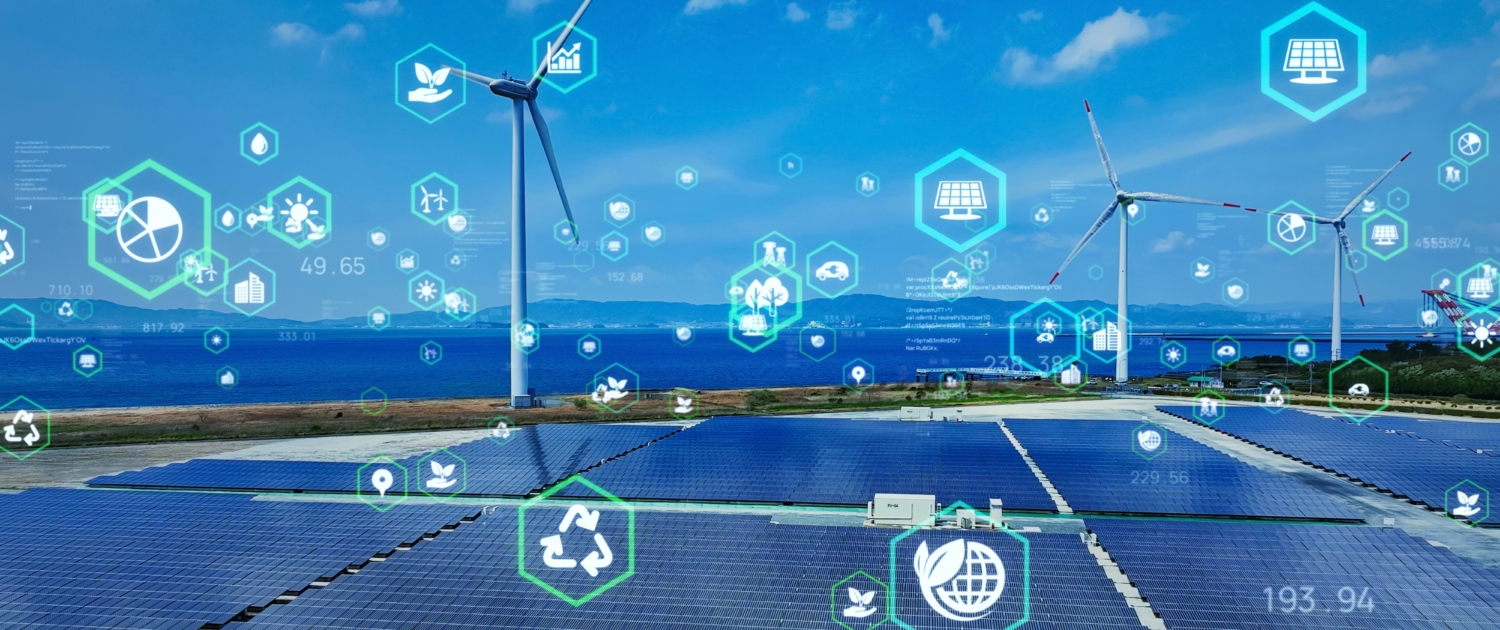 Shutterstock
Shutterstock EMPA
EMPA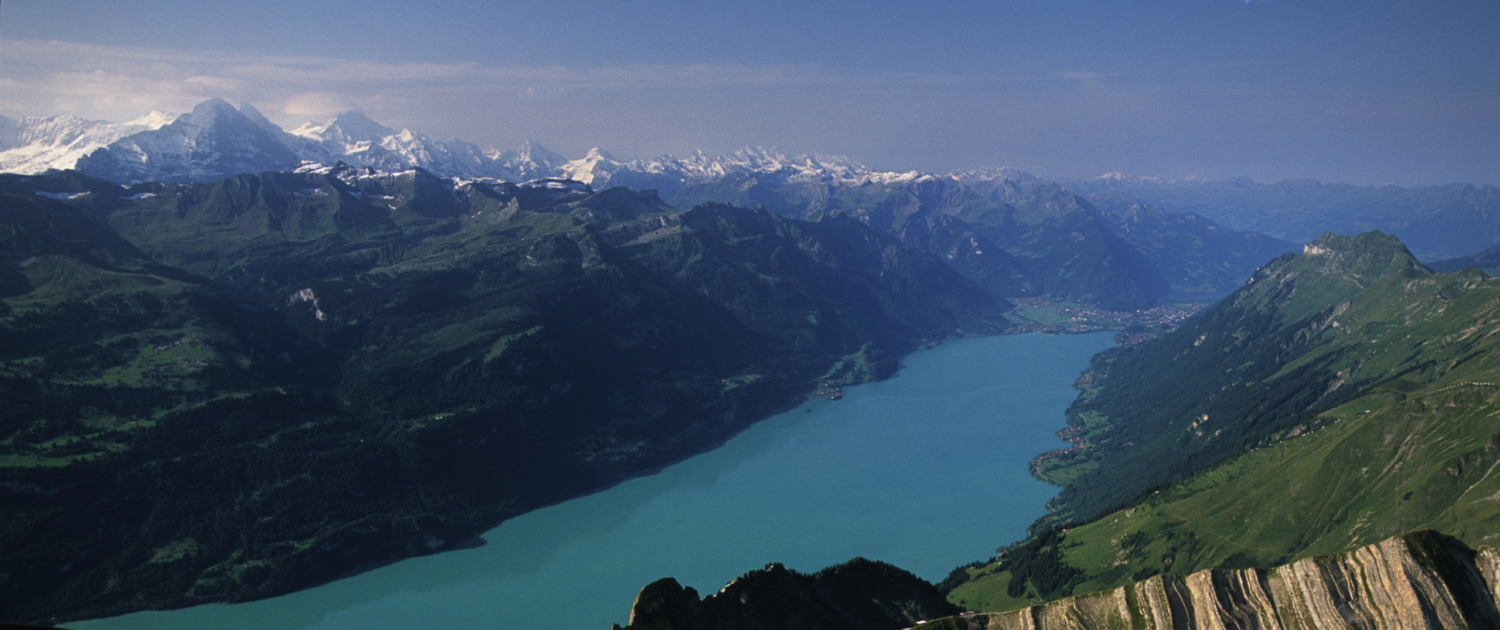 keystone
keystone ©Swissnex Japan
©Swissnex Japan Shutterstock
Shutterstock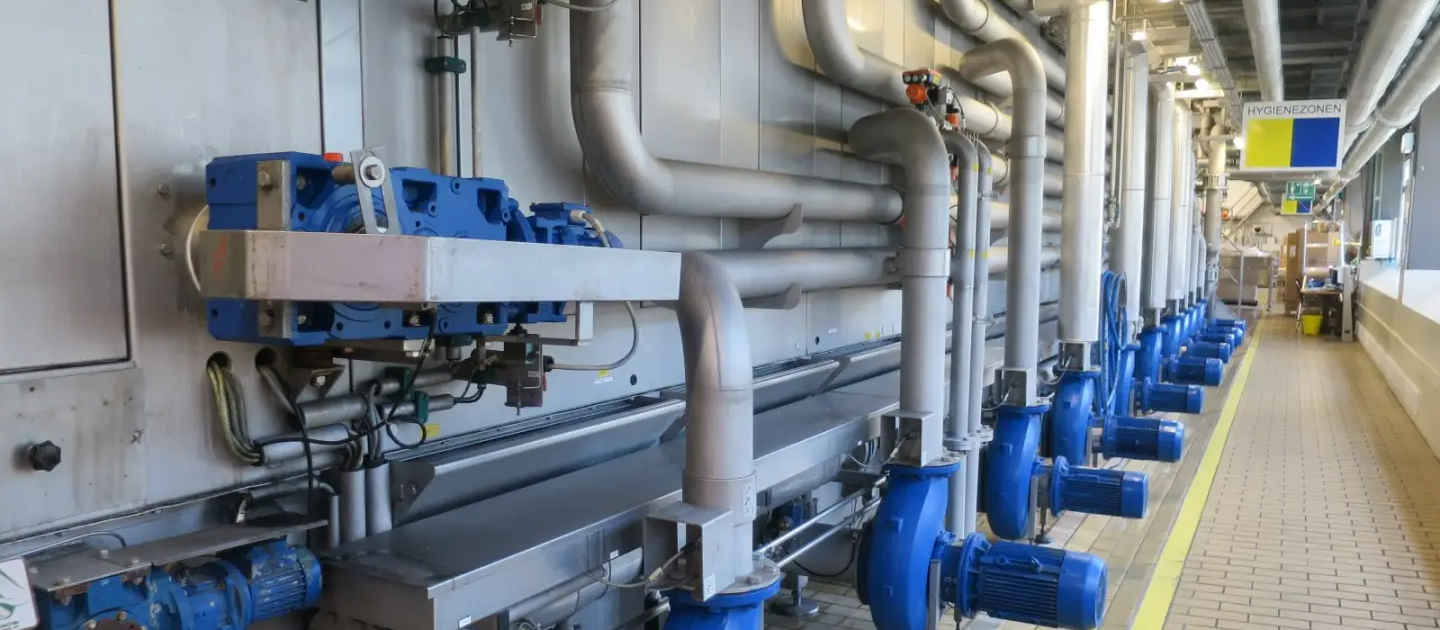 Feldschlösschen
Feldschlösschen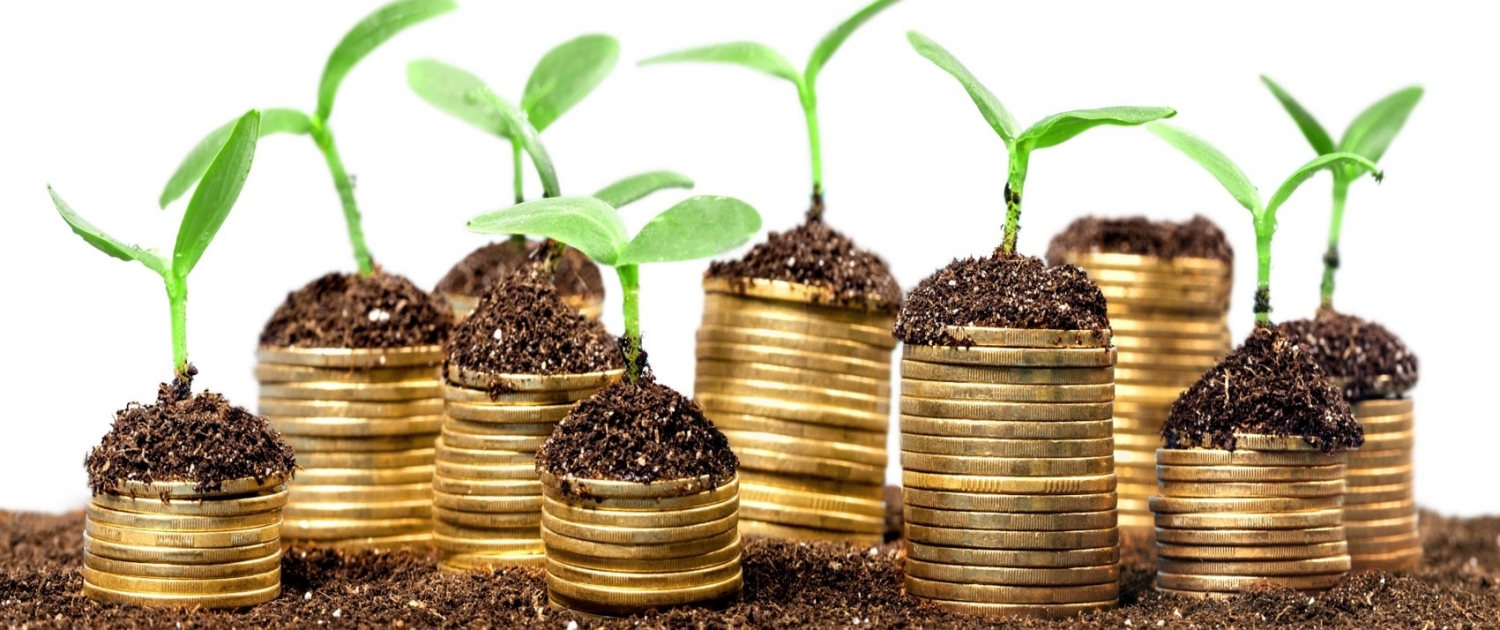 Shutterstock
Shutterstock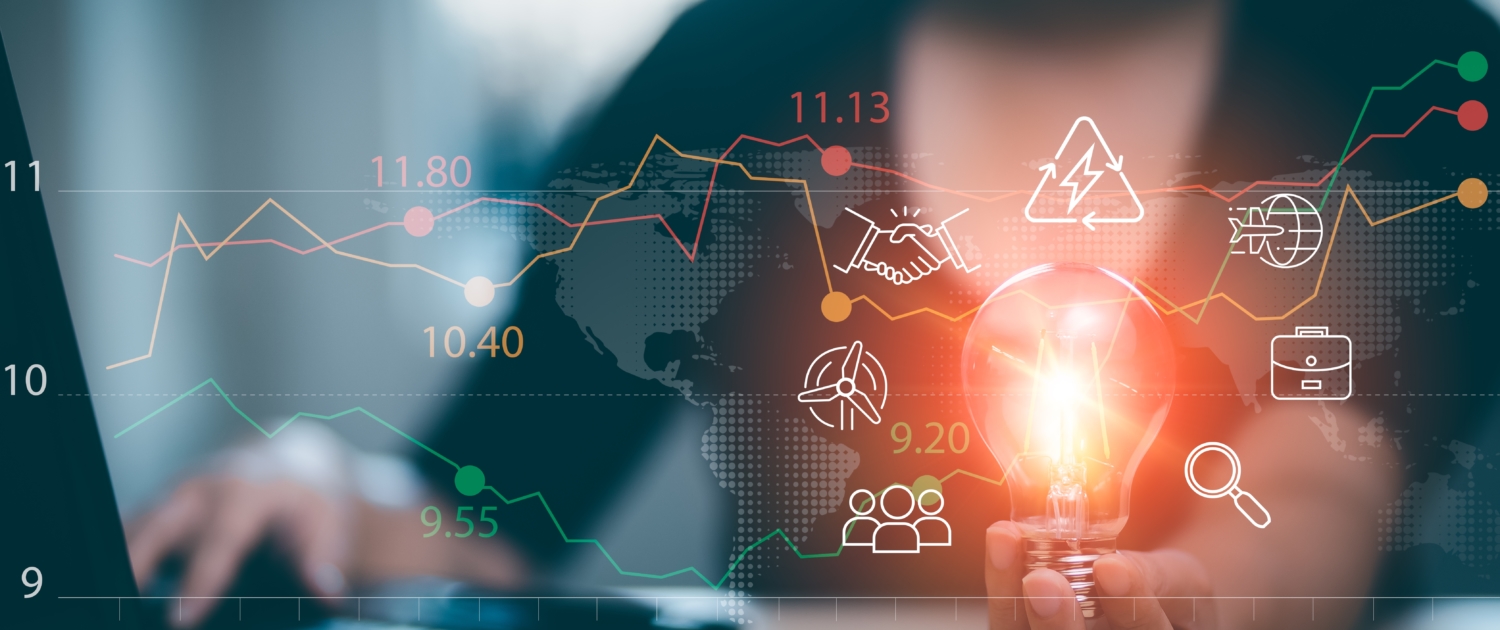 shutterstock
shutterstock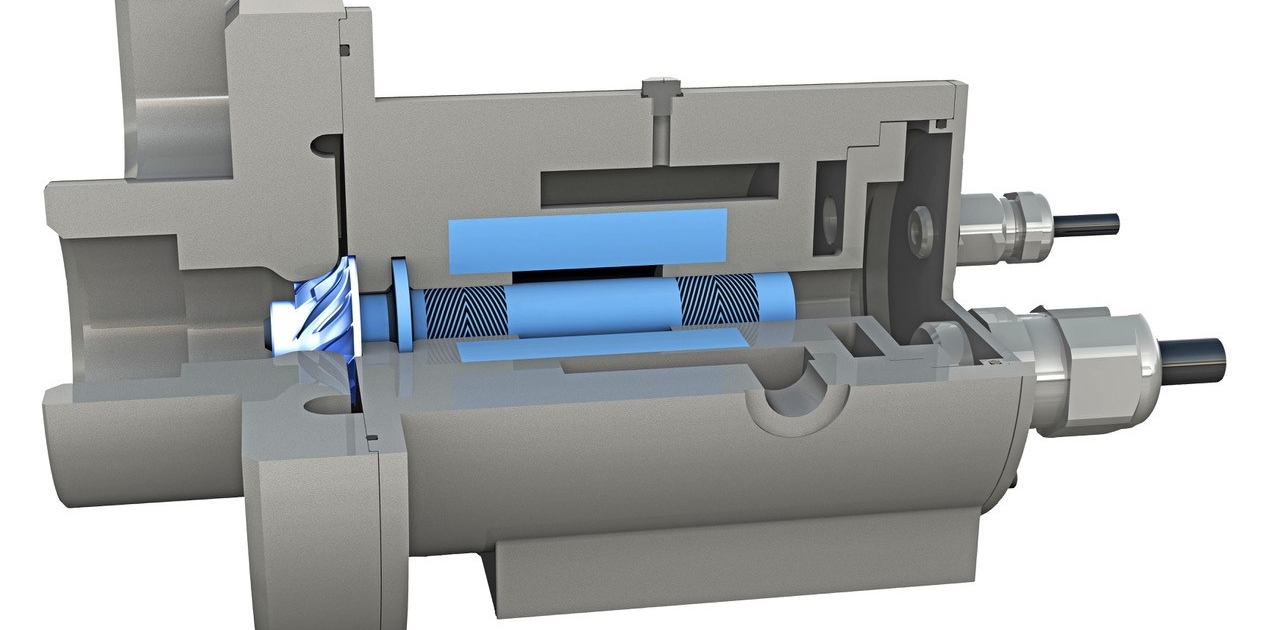 Celeroton
Celeroton Swissnex China
Swissnex China